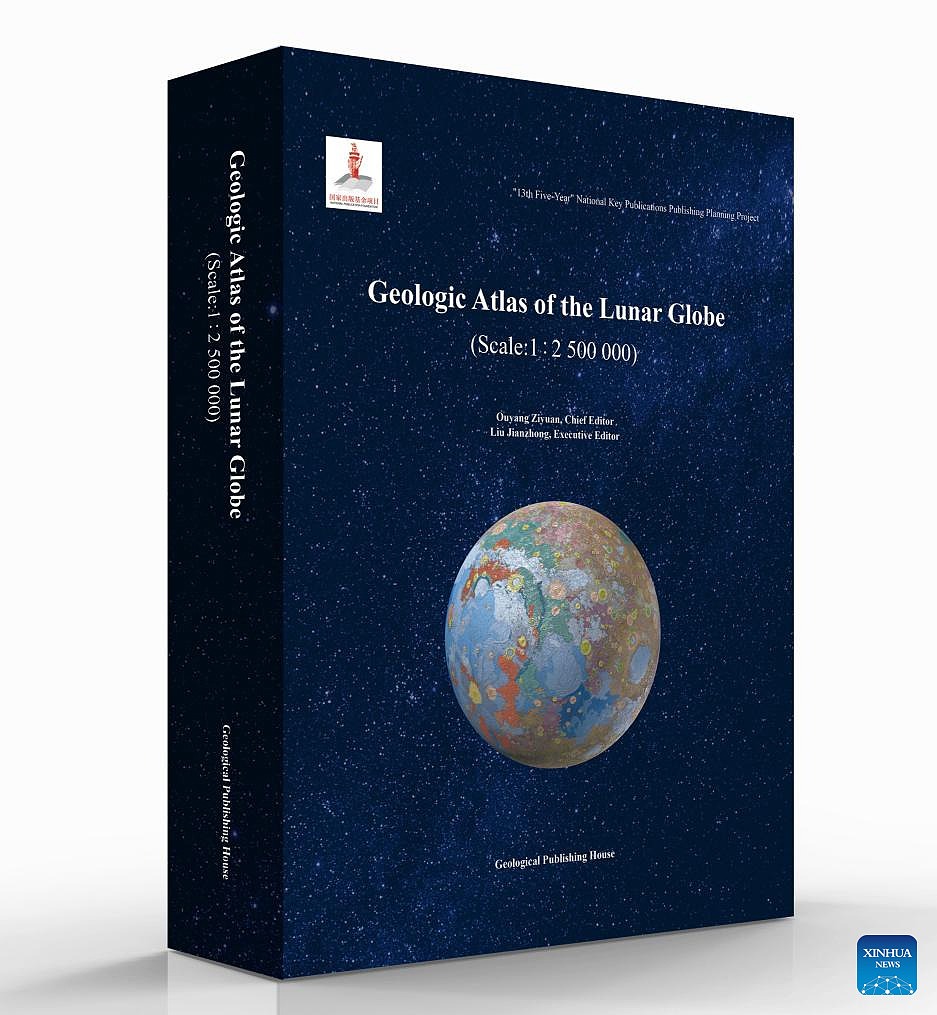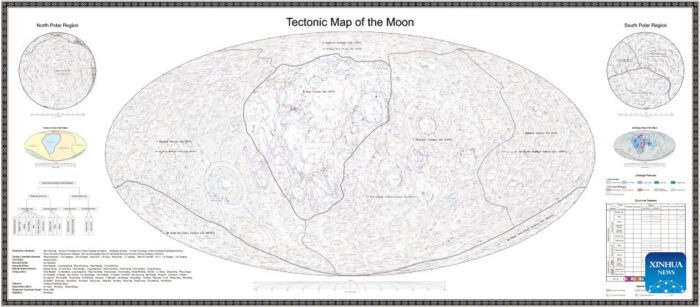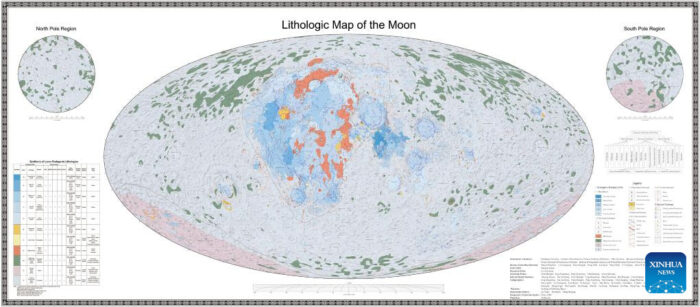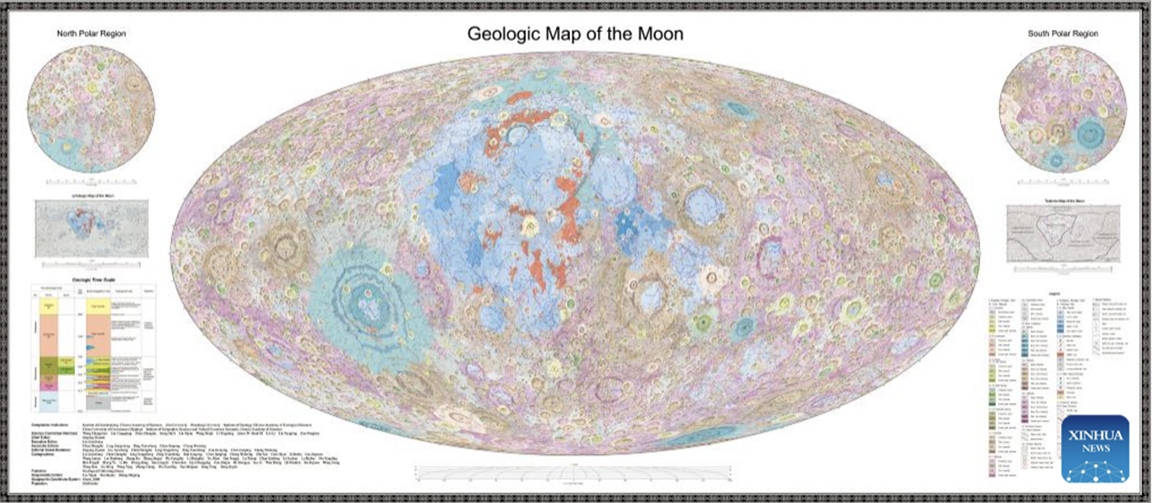Chinese scientists took a big step forward for worldwide space exploration this week, publishing the world’s first complete geologic atlas of the Moon.
The atlas set provides high-definition “basic map data for future lunar research and exploration” at a scale of 1:2.5 million.
Researchers with the Chinese Academy of Sciences (CAS) created cloud-based and print versions of the resource. CAS lunar scientist Ouyang Ziyuan said in a statement:
The geologic atlas is of great significance for studying the evolution of the Moon, selecting the site for a future lunar research station, and using lunar resources. It can also help us better understand the Earth and other planets, such as Mars.

Image: CAS
The atlas represents 12 years of work and uses data from China’s lunar exploration program. The maps include 12,341 impact craters, 81 impact basins, and 17 rock types across the lunar surface. It even depicts the boundaries of the Moon’s tectonic plates.

Image: CAS
Due for an update
To create it, the researchers engineered a new representation of the Moon’s geological evolution.
Lunar cartography standards were due for an update, said researchers. Existing maps dated back to NASA’s Apollo program — a landmark but bygone era in exploration.
“With the improvements in lunar geologic studies, those old maps can no longer meet the needs of future scientific research and lunar exploration,” said geochemist Liu Jianzhong of the CAS.

Image: CAS
The maps’ 1:2,500,000 scale may not let a hiker find his or her way around the lunar surface — on Earth, typical hiking charts are 10 to 50 times more detailed. Still, the atlas represents an immense coordinative effort that will help explorers well into the future.
“[The atlas] builds on the achievements of the international community over the last decades, as well as on China’s own highly successful Chang’e program,” said Gregory Michael, a senior scientist from the Free University of Berlin. “It will be a starting point for every new question of lunar geology.”
For now, the maps are not freely available. Nature reported the full set exists in a cloud platform called the Digital Moon, and will eventually become available to researchers. Meanwhile, Liu told the outlet, the team is working to boost the maps’ resolution.
Aptly, Chang’e mission controllers could be among the first to use the new charts during a Moon visit. An ambitious mission to collect samples from the Moon’s far side looks poised to launch as soon as next week.






